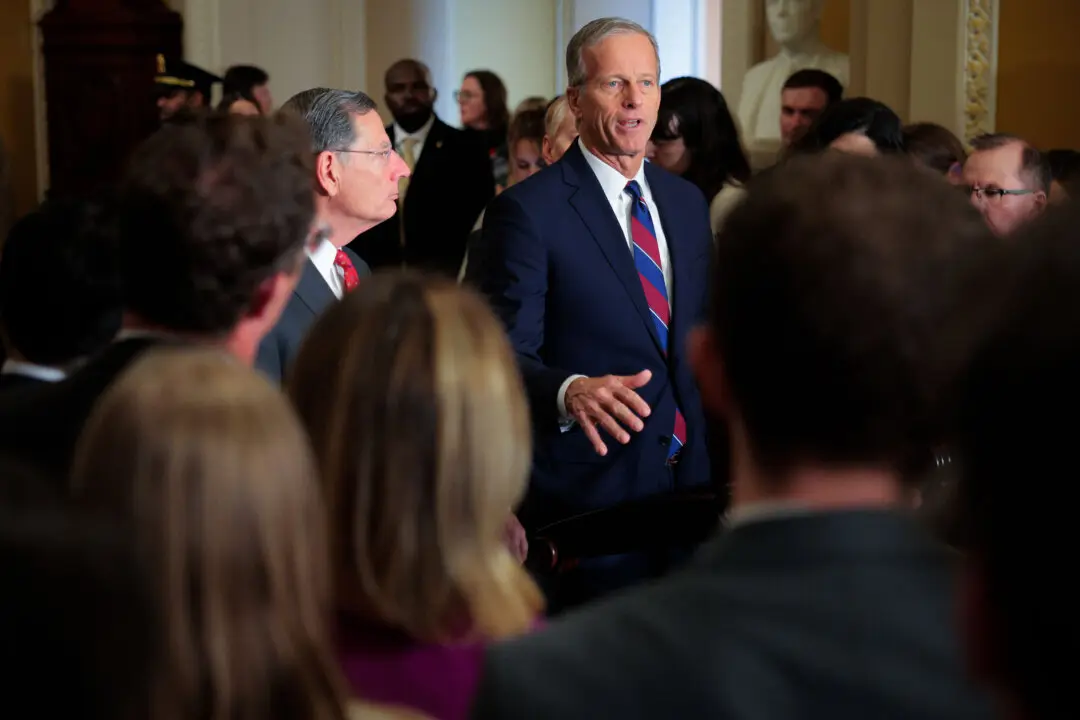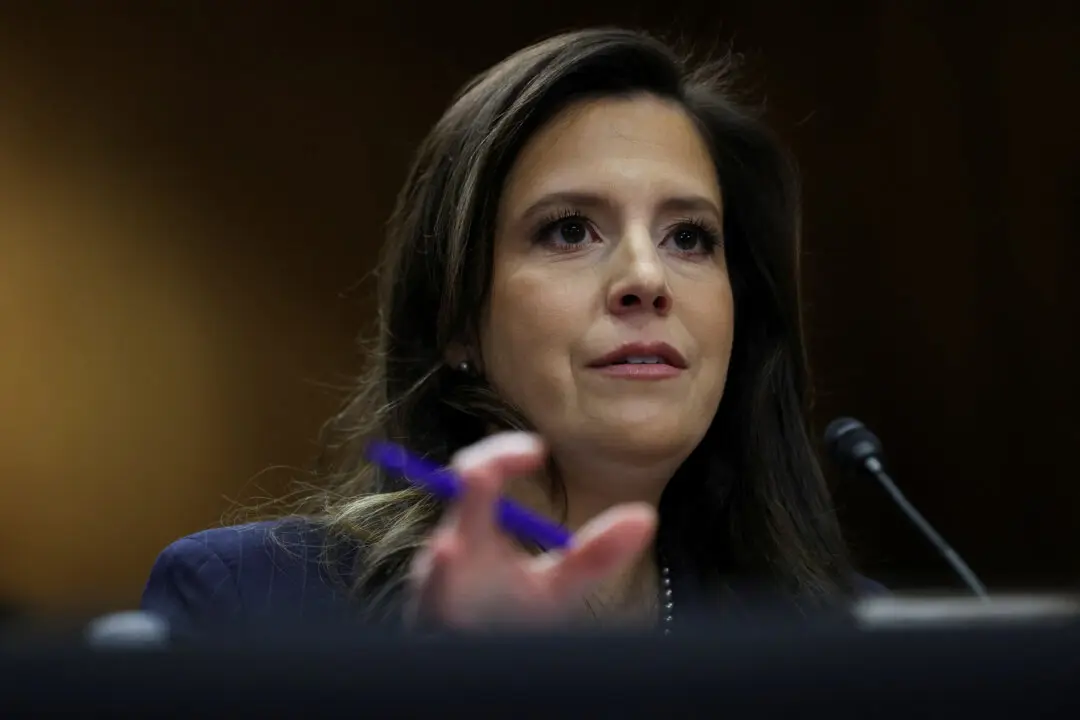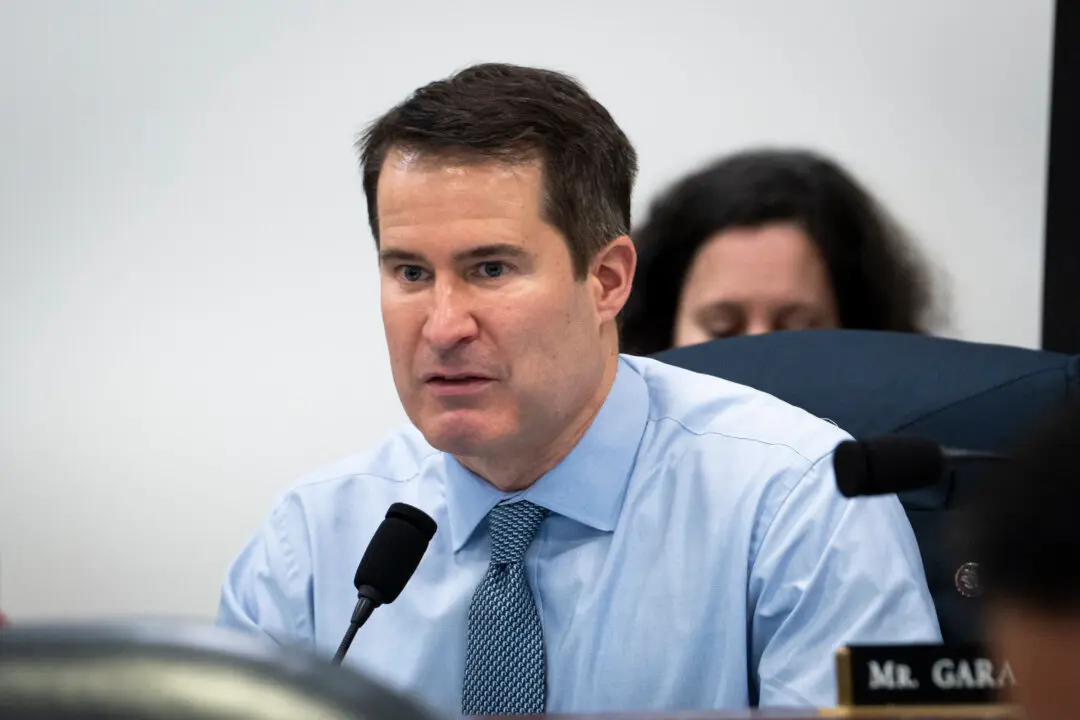Over the objections of Republican lawmakers, the Department of the Interior has published a finalized critical mineral list that omits helium, uranium, potash, and other minerals that were on the original 2018 list, which was published in response to then-President Donald Trump’s 2017 executive order.
The department had solicited comments on its draft list, released in November 2021.





